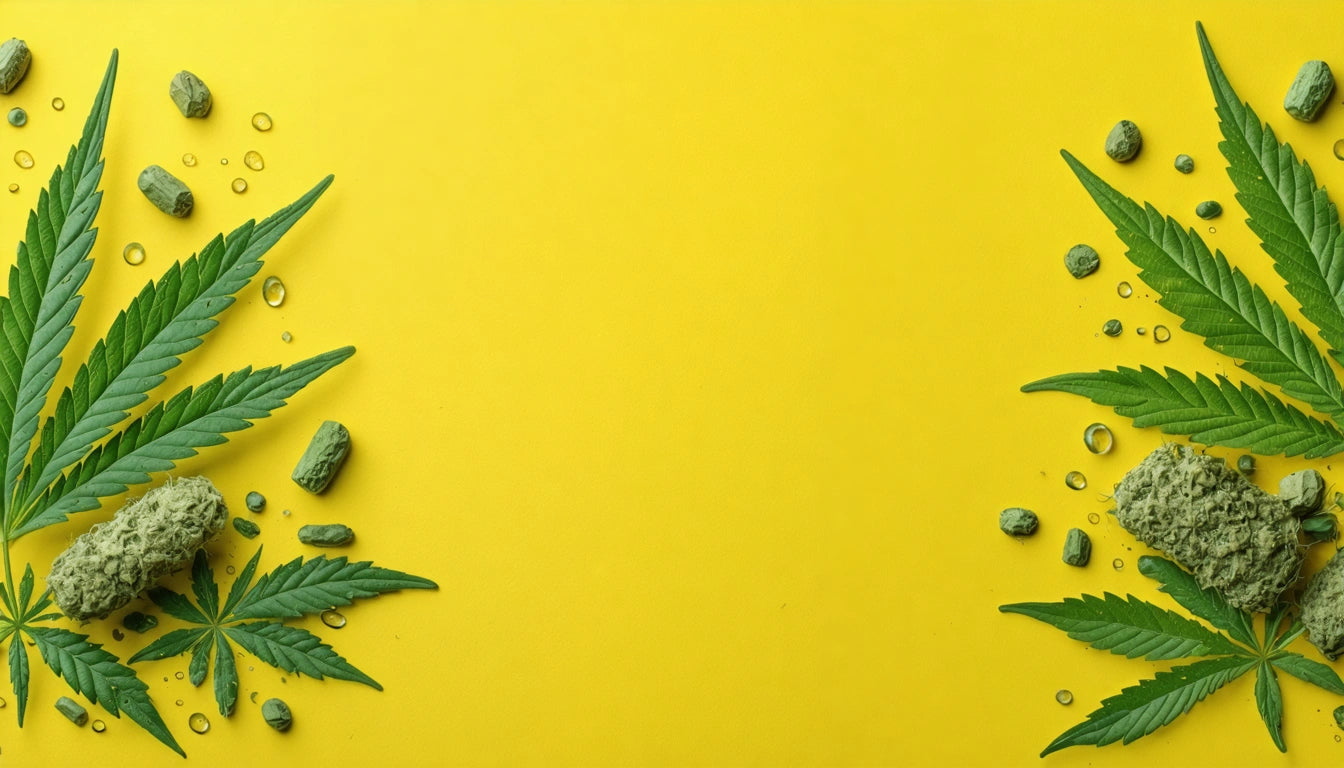Is It Safe to Smoke Different Types of Paper?
When traditional rolling papers aren't available, many smokers wonder about alternatives. Questions like "can you smoke normal paper" or "can you smoke parchment paper" frequently arise. This guide examines the safety implications of smoking various paper types and offers information on proper smoking materials.
Understanding Paper Composition and Smoking Risks
Most papers contain additives, chemicals, and processing agents that weren't designed for combustion or inhalation. Regular paper typically contains:
- Wood pulp fibers
- Bleaching agents (chlorine or peroxide)
- Sizing agents (to control ink absorption)
- Fillers like calcium carbonate or clay
- Optical brighteners
- Dyes and coloring agents
When burned, these compounds release harmful chemicals including carbon monoxide, formaldehyde, and various carcinogens. The question "can you smoke paper" should be approached with an understanding of these risks.
Common Paper Types and Their Safety for Smoking
Normal Paper and Notebook Paper
Regular paper, including notebook paper, printer paper, or newspaper, contains numerous chemicals that make them unsuitable for smoking. These papers burn quickly and unevenly, producing harsh smoke that can damage lung tissue. If you're wondering "can u smoke paper" from everyday sources, the answer is a firm no from a health perspective.
Specialty Papers: Parchment, Wax, and Shoebox
Specialty papers present their own dangers:
- Parchment paper: While food-safe for cooking, parchment paper is treated with silicone and should not be smoked. The question "can you smoke parchment paper" has a clear answer: no, it's not designed for combustion.
- Wax paper: Contains paraffin wax that releases toxic fumes when burned. "Can you smoke wax paper" is another common query with a definitive answer: it's potentially dangerous.
- Shoebox paper: Often treated with chemicals for durability and water resistance. Those asking "can you smoke shoebox paper" should know it contains inks, adhesives, and coatings harmful when inhaled.
For those seeking proper storage solutions for smoking materials, specialized storage bags designed for cannabis products offer a better alternative to improvised containers that might contain harmful chemicals.
Rolling Papers and Their Components
Proper rolling papers are specifically designed for smoking and undergo testing for safety. When people ask "what are cigarette papers made of," the answer includes:
- Plant fibers (rice, hemp, flax)
- Minimal processing chemicals
- No added dyes or fragrances
- Controlled burn rate additives
Even with proper rolling papers, users often question colored or marked sections. Questions like "can you smoke the yellow paper in bobs" or "can you smoke the blue paper in tops" refer to the adhesive strips or watermarks on commercial papers. While technically smokable, these sections often contain adhesives and might produce a harsher smoke.
For those curious about "can you smoke the warning raw paper" or similar branded notices, these are typically printed with food-grade ink but aren't intended for smoking. Learning about proper rolling techniques can help users avoid these sections altogether.
Health Concerns When Smoking Non-Designed Papers
Smoking papers not designed for consumption can lead to several health issues:
- Respiratory irritation and coughing
- Headaches and nausea from chemical exposure
- Potential long-term damage from carcinogenic compounds
- Risk of embolism from paper particles
- Chemical poisoning from inks, dyes, and coatings
The risks extend beyond immediate discomfort to potential long-term health complications, making improvisation with household papers inadvisable.
Safer Alternatives to Improvised Smoking Papers
Rather than risking health with inappropriate papers, consider these alternatives:
- Natural rolling papers made from hemp, rice, or flax
- Unflavored, unbleached papers for purists
- Corn husks (traditional natural wrapper)
- Smoking devices like pipes or vaporizers
Those interested in alternatives might explore creative methods that don't require rolling papers or consider unconventional but safe rolling paper options.
For those asking "how do you smoke paper" properly, the focus should be on papers specifically manufactured for smoking. These papers burn at controlled rates, produce less ash, and contain fewer harmful chemicals.
Responsible Smoking Practices for Health and Safety
For those who choose to smoke, following best practices can minimize health risks:
- Use only papers specifically designed for smoking
- Consider papers labeled "best papers to smoke" which typically feature natural fibers and minimal processing
- Understand that "do thin papers burn slower" depends on the specific composition, with rice papers typically burning slower than thicker options
- Store smoking materials properly in appropriate containers rather than makeshift solutions
- Consider alternatives like vaporizers that eliminate combustion altogether
For those interested in proper smoking techniques, learning about correct methods can enhance the experience while reducing potential harm.
The question "can you smoke paper" ultimately has a nuanced answer: while you physically can smoke many types of paper, doing so with anything other than proper rolling papers poses unnecessary health risks that responsible users should avoid.











Leave a comment
All comments are moderated before being published.
This site is protected by hCaptcha and the hCaptcha Privacy Policy and Terms of Service apply.